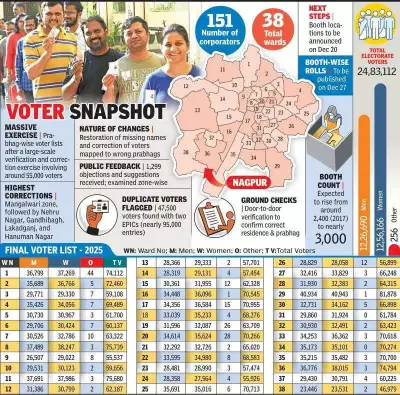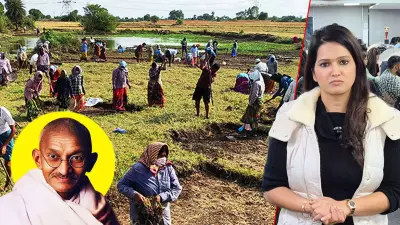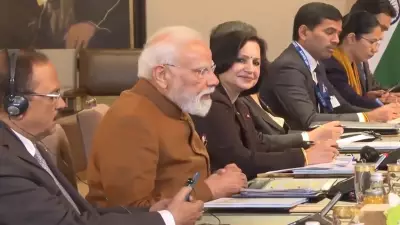
In a significant political maneuver that's set to redefine Gujarat's governance structure, Chief Minister Bhupendra Patel unveiled a dramatically reshuffled cabinet on Sunday. The bold restructuring introduces 12 first-time legislators into ministerial positions, signaling the ruling BJP's strategic focus on injecting fresh energy into the state administration.
New Faces Dominate Political Landscape
The swearing-in ceremony witnessed a remarkable generational shift as nearly half of the newly inducted ministers are fresh faces who've never held cabinet positions before. This calculated move demonstrates the party's commitment to nurturing new talent while maintaining experienced leadership in key areas.
Among the notable inclusions are several young MLAs who have impressed the party leadership with their grassroots connect and administrative capabilities. The selection process reportedly involved extensive deliberations at the highest levels, with the party aiming to balance regional representation with individual merit.
Strategic Portfolio Allocations
The cabinet reshuffle wasn't just about new faces but also involved strategic reassignment of crucial departments. Key portfolios including Home, Finance, Energy, and Agriculture have been allocated to trusted hands while ensuring continuity in important development projects.
Critical ministries have been entrusted to experienced ministers who have previously demonstrated competence in governance and implementation of government schemes. This careful balancing act between experience and fresh perspectives appears designed to optimize administrative efficiency.
Political Implications and Future Outlook
Political analysts view this comprehensive reshuffle as a preparatory move ahead of upcoming electoral challenges. By bringing in new talent and reallocating responsibilities, the ruling party aims to strengthen its grassroots connect while addressing any administrative shortcomings.
The inclusion of representatives from various regions of Gujarat ensures better geographical representation, which could prove crucial in maintaining the party's dominant position in state politics. The move also creates opportunities for second-rung leadership to prove their mettle at higher levels of governance.
As the new ministers settle into their roles, all eyes will be on their performance in implementing key government initiatives and addressing public concerns. The success of this political experiment could potentially influence similar reshuffles in other BJP-ruled states.





